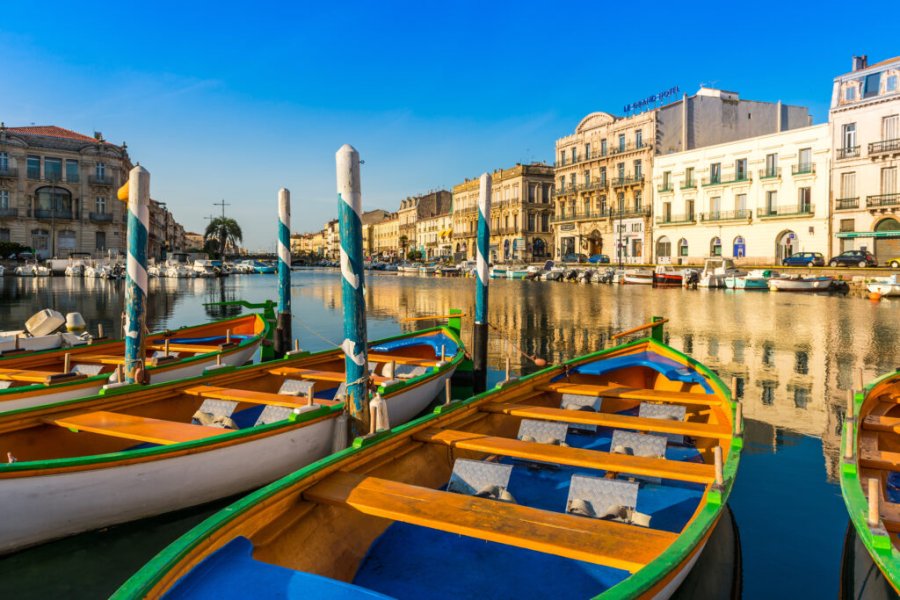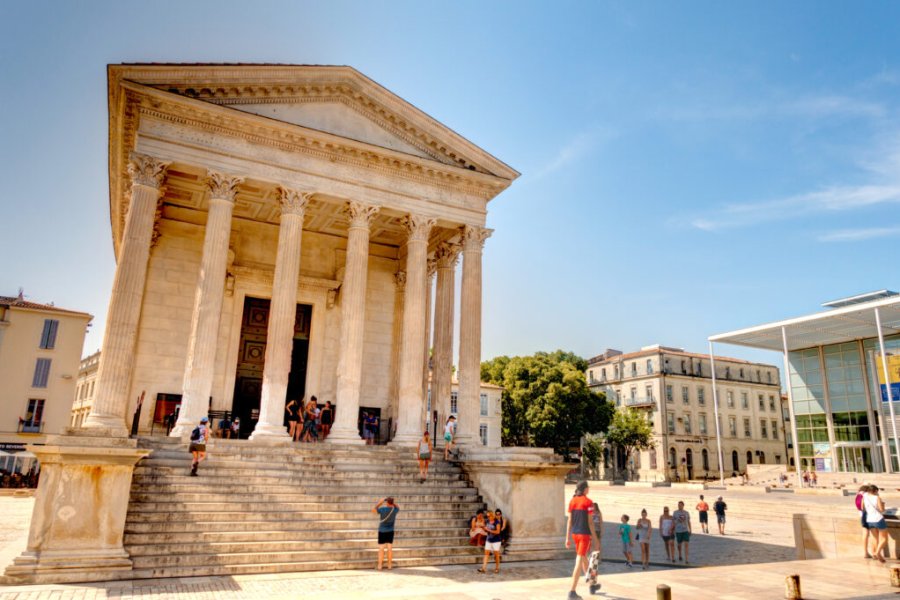Travel Guide San Pedro Y San Pablo Teposcolula
Find an accommodation
Advertising
It was in 1538, only a few years after the arrival of the Spanish in Mexico, that the Dominican monks decided to base a convent in this village in the cobbled streets of the mixtèque region, located 120 kilometres north of Oaxaca. The convent is distinguished by its chapel open on the outside. Known as "Indian Chapel", it was used to evangelize the Mixtèques Indians, who were in this 43 metre wide atrium for 11 metres deep and 15 metres high. Originally, its interior walls were decorated with paintings by Andrés de la Concha y Simón Pereyns, famous artists of the th century. Admire his monumental organ, his churriguresque style altarpiece and a confessional carved in a single piece of wood. The village also houses the Casa de la Cacica, built around 1560 to house the lords of Teposcolula, the remains of the ultimate queen mixtèque, which also hosts silk warehouses, feathers, skins, precious stones, cochineal and other commodities from the area of influence of the city. It is a unique example of indigenous architecture.From the village, many small trails can be borrowed to discover its surroundings: sources and forests, aqueducts, archaeological zones, lagoons or watchtowers, which stretches over 2 500 metres. Between November and May, Cerro Jazmín was a place of sidereal observation.
Suggested addresses San Pedro Y San Pablo Teposcolula
Weather at the moment
Advertising
Organize your trip with our partners San Pedro Y San Pablo Teposcolula
Transportation
Book your plane tickets
Car Rental
Boat rental
Accommodation & stays
Find a hotel
Holiday rental
Find your campsite
Tailor-made trip
Immersion travel
Services / On site
Activities & visits
Find a doctor
Find unique Stay Offers with our Partners
Pictures and images San Pedro Y San Pablo Teposcolula
There are currently no photos for this destination.



